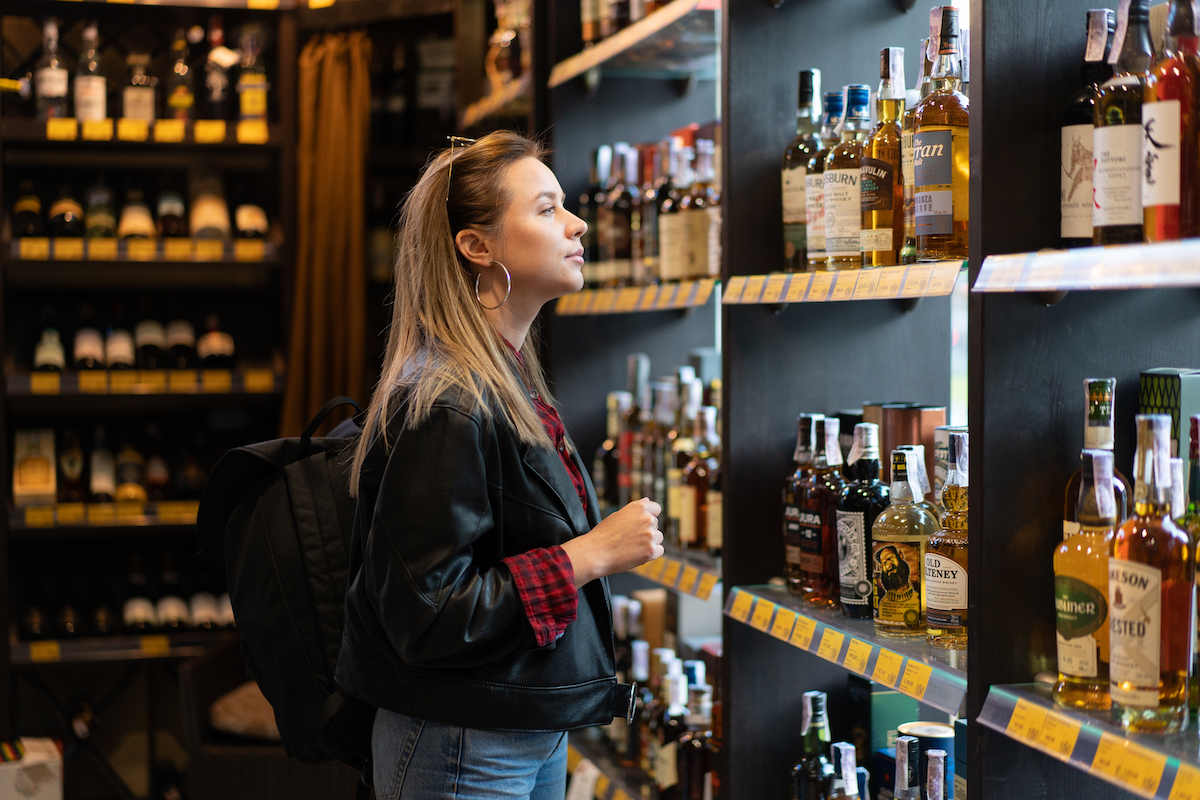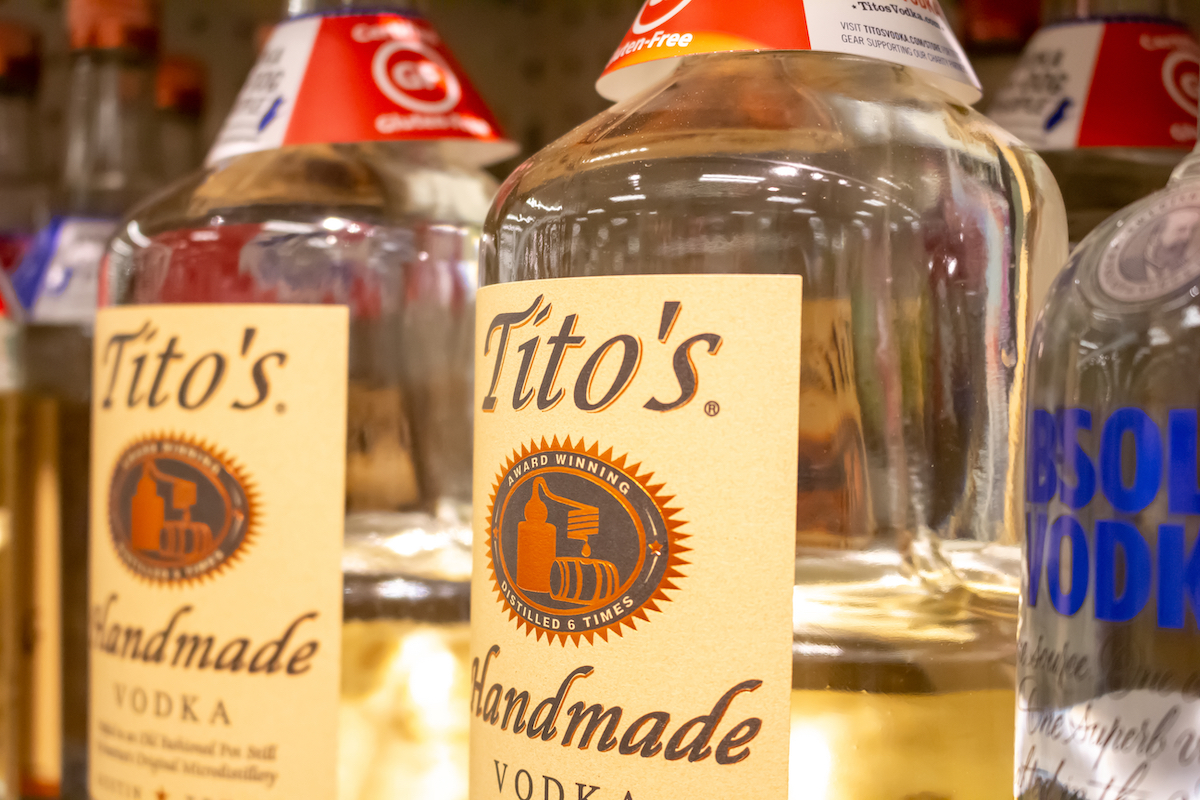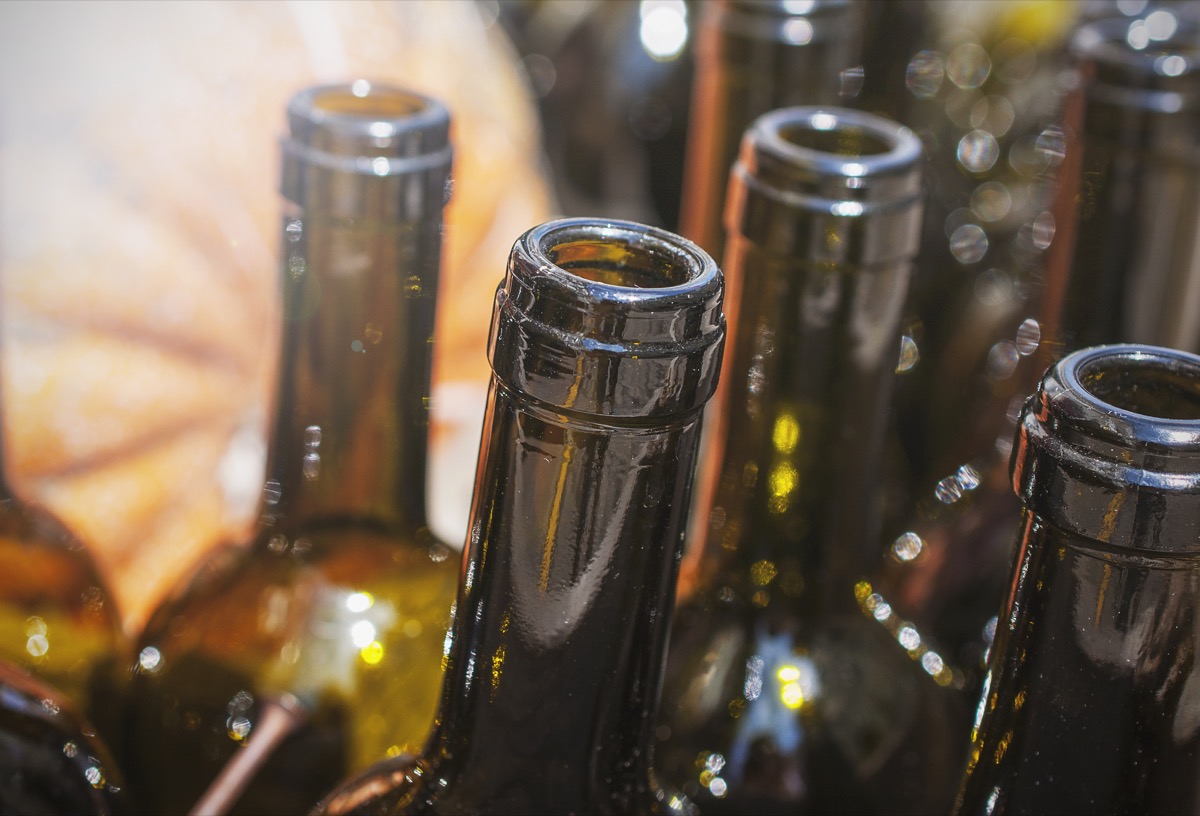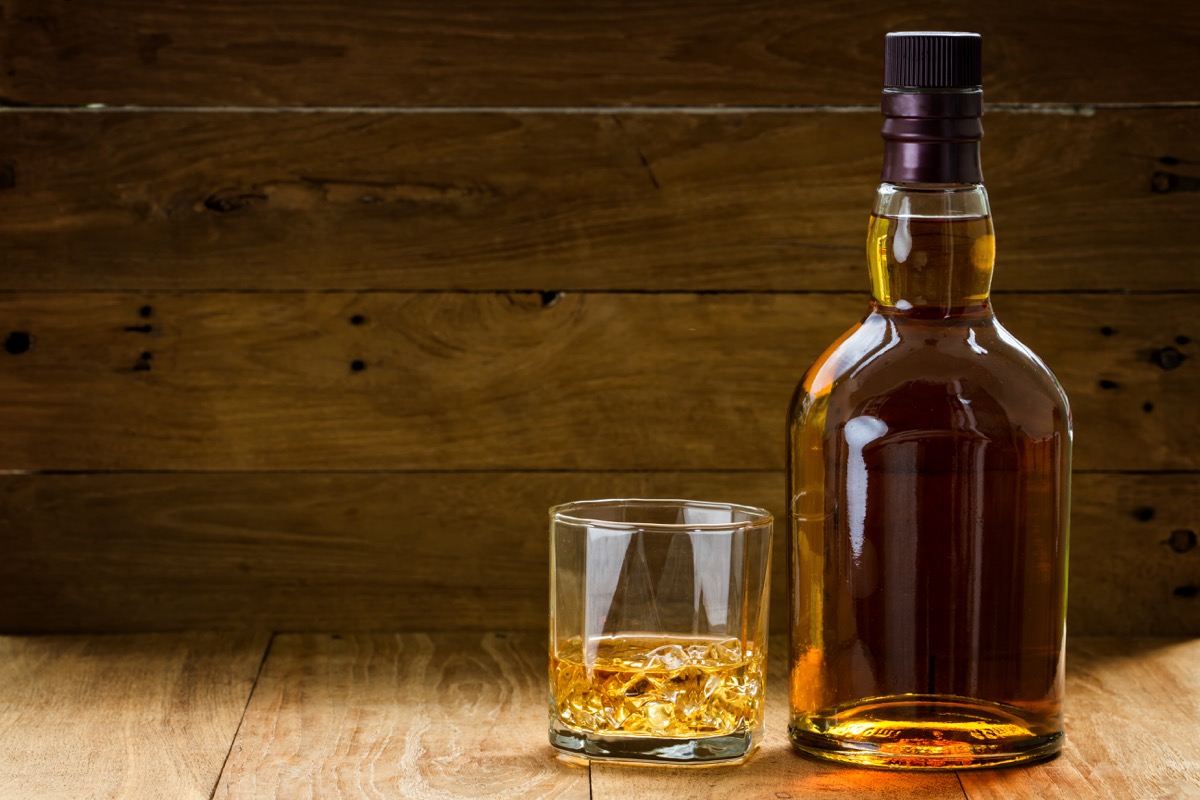RELATED: This Is the Most Popular Liquor in Your State, According to Data. The global COVID-19 pandemic has resulted in supply chain problems across nearly every industry, from furniture to household appliances. Now, the liquor and beer industries are feeling the squeeze. In particular, North Carolina, Ohio, Vermont, and South Dakota have been experiencing alcohol shortages. It takes a complex network of manufactures, shippers, and transportation businesses to get your cocktail to your table. As states continue to open up, bars and restaurants are seeing a flock of customers flood in. While the return is welcome, liquor manufacturers are still ramping up production to meet demand after months of lockdowns. The pandemic has impacted every aspect of bottling and distribution—even the ink used to print labels on bottles is in short supply, Market Realist reports. That, combined with a shortage of truck drivers, means that many bar and restaurant owners are waiting longer than ever to stock their shelves. If you live in one of the states facing a liquor shortage, your brand of choice is likely already absent from shelves. Kel Minton, a beverage director for multiple restaurants in Charlotte, North Carolina, told Axios it’s “nearly impossible” to find vodkas like Ketel One and Tito’s. Casamigos tequila is also hard to come by, according to Milton. Actually, “tequila is really hard to get right now” overall, Dustin Rabb, general manager of Fenwick’s in Charlotte, told WNCT. According to The Charlotte Observer, restaurants and bars can’t get their hands on “almost all” tequila, including Patron, 1800, Don Julio, and Jose Cuervo. “We’ve never seen anything like this,” Keith Haze, a liquor buyer for Southern Spirits, told Fox 46 Charlotte recently. “Just to give you a most recent example, I turned in a purchase order of 42 items 27 of them were out of stock. This is all new, I’ve been doing this for 18 years and there have been shortages of an item but not situations in every category basically.” Other states have also reported shortages of Malibu rum, Ciroc vodka, Jameson and Crown Royal whiskeys, and Woodford Reserve bourbon, according to Cincinnati’s ABC News affiliate and The Charlotte Observer.
In addition to production speed challenges and transportation issues, liquor manufacturers and distributors are also dealing with a shortage of glass, which is crucial in product packaging. “Glassware. Glassware is just a killer. Even if you have the product ready, you can’t get it packaged,” Reid Beckers, of Classic Beverage of Southern California, told Marketplace. Glass manufacturers shut down early in the pandemic as they saw demand for their product grind to a halt. When restrictions began lifting across the U.S. earlier this year, glass producers were suddenly trying to speed up their business tenfold. “As soon as all the markets started reopening, the pandemic started lifting earlier this year, restrictions started lifting overnight [and] there became a huge demand,” Dakota Beverage Vice President John Tacke explained to South Dakota local news station KELO. The glass shortage is affecting beer sales, too. Many bars prefer to sell bottled beer to cans because they can typically charge more for bottles. But at this point, bar owners are taking whatever they can get. “It might come to a point where that’s all I have are cans, but it is what it is,” Andy Lenz, the owner of the Top Hat in Sioux Falls, South Dakota, told KELO. In certain areas, cans are hard to come by, too. Mac McHugh, the general manager of Heidelberg Distributing Company, Ohio’s largest beer and spirits distributor, told ABC Action News: “We can produce the beer. Our brewers have plenty of beer. They just don’t have bottles and kegs and cans to put it in.” RELATED: This Is the Most Popular Cheap Beer in Your State, New Research Shows.
Copperwing, a distillery in St. Louis Park, Minnesota, has struggled for months to keep glass bottles on its shelves. The distillery makes its own vodka, gin, and whiskey, along with a spirit it calls “Vodskey”—alcohol made from bourbon mash but distilled like vodka. The company told its local CBS News affiliate in May it’s now pursuing “alternative” bottling methods.ae0fcc31ae342fd3a1346ebb1f342fcb And more of your old favorites may soon have a new look. In Waterloo, New York, one glass manufacturer told The Journal Times they had plenty of stock—that is, if companies were willing to use their pre-produced bottles rather than have custom bottles made. Bobbi Stebbins of Waterloo Containers said they offer 97 different bottle molds. “We may not be able to provide the exact bottle that someone’s looking for, but we’re well situated to solve almost any packaging dilemma,” she told the outlet. Eric McIntyre, the owner of B2’s Bourbon & BBQ in Richmond Heights, Ohio, said some of his customers have been so frustrated by the liquor shortage that they’re now bringing their own bottles to the bar. Many of his customers are just relishing the opportunity to drink in a bar again after not being able to for so long. “People are brand loyal. I’ve had guests try to bring in their own liquor, ehich is insane,” McIntyre told News 5 Cleveland. All of these shortages will eventually start hitting consumers’ wallets, too. Crissy Antoine, the owner of Wheelin on the Rocks Bar in Toledo, Ohio, told WTVG she’s paying a premium because of the limited supply. “The charge is a little bit more and cuts into my revenue,” she said. Those increased charges will inevitably be passed on to customers—at least for the next few months as production attempts to get back to pre-pandemic levels. Until then, those in the industry suggest customers practice patience and flexibility with their favorite local watering holes. Molly Wellman, the owner of Japp’s in Cincinnati, Ohio, told News 5 Cleveland that now is a great time to try new brands and ask bartenders for suggestions. “If they’re a great bartender, they know what to do,” she said. RELATED: This Is the State That Drinks the Most Alcohol, According to Data.




